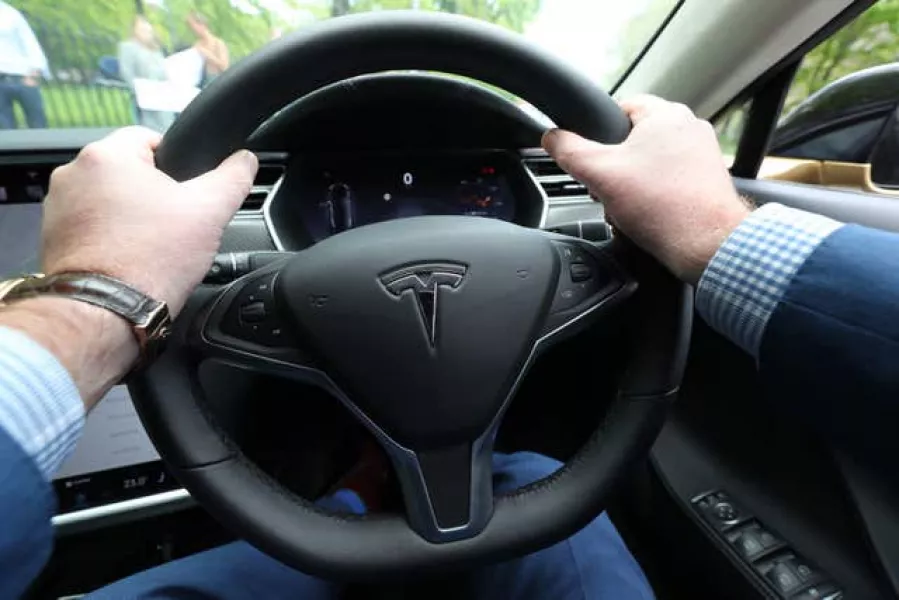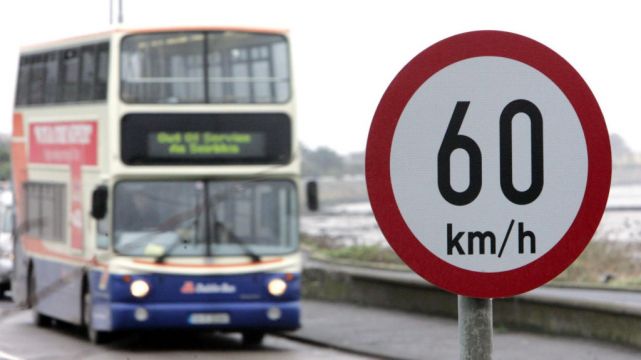Young drivers who are shown films demonstrating responsible behaviour are less likely to take risks than those subjected to scare tactics, according to a study.
Dr Yaniv Hanoch, associate professor of risk management at the University of Southampton, found that motorists who took part in the research responded better if shown “positive” driving messages.
More than a million people are killed in road accidents worldwide each year, with drivers below the age of 25 accounting for nearly half of road deaths.

Dr Hanoch said: “Governments around the world have adopted a plethora of interventions aimed at encouraging safer driving, the majority of which use fear-based content, such as graphic depictions of sudden car crashes.
“We are all familiar with the UK Government’s Think campaign, especially at this time of year.
“However, previous research has suggested that such messages can be counter-productive, possibly because the emotive content can trigger defensive reactions and message rejection.”
For the research, carried out with the universities of Warwick and Antwerp, 146 young drivers undertook tests to compare the difference in their attitudes to risky driving.
Half of the group viewed a six-minute video aimed at instilling fear through a crash caused by a reckless driver, distracted by his passengers.
The other half saw a video showing a positive scene with a careful driver asking the passengers not to distract him and successfully reaching their destination.
Each participant took a questionnaire to assess his or her attitude to risk taking on the road before and after the trial.
At the end of the trial, they also took a second test, the Vienna Risk-Taking Test-Traffic, in which they watched video clips of driving situations that require a driver reaction such as considering when it is safe to overtake in icy conditions.

The study also tested whether watching the videos in an immersive setting on a virtual reality (VR) headset made a difference to watching on a 2D TV screen.
The findings, published in the journal Risk Analysis, suggest the positive film decreased risky driving in 2D and even more so in VR, while the fear film led to increased risk when shown in VR.
Dr Clara Cutello, of the University of Antwerp, said: “Our results provide key insights about the role of positive versus fear-framed messages in tackling risky driving among young drivers.
“They show that allowing the participants to experience what proactive behaviours can lead to, and giving them the illusions that the events occurring are authentic through VR, can encourage the creation of positive role models and strategies to be safer on the roads.”







